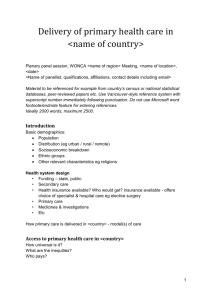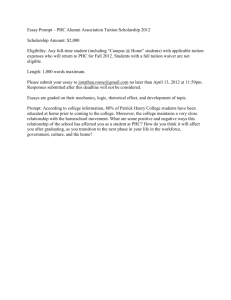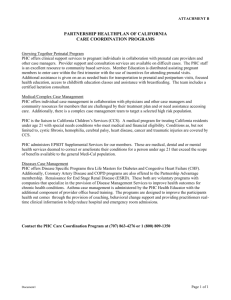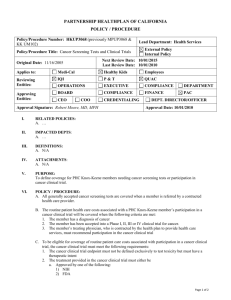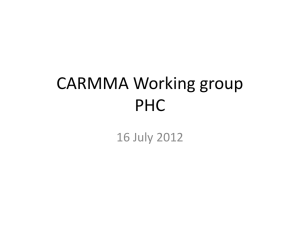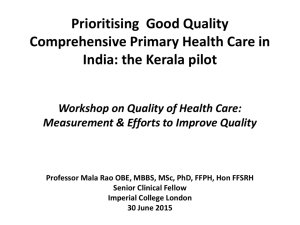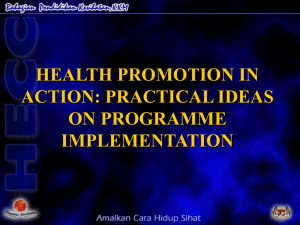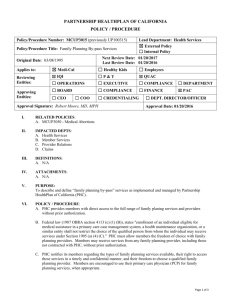Communications Plan Template
advertisement
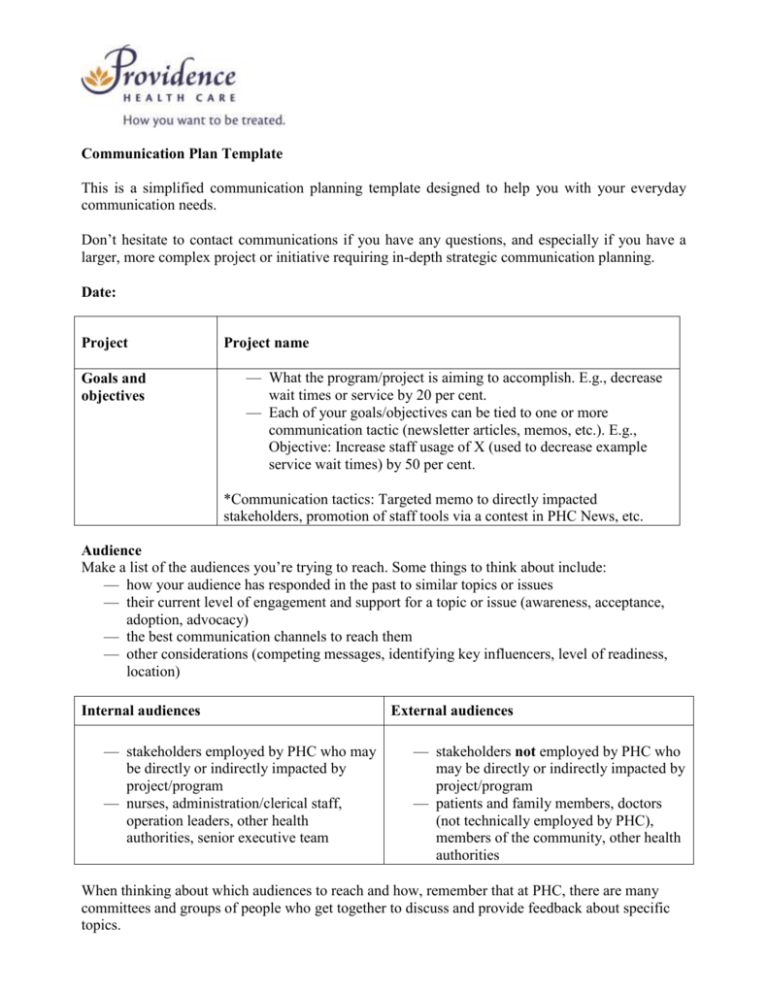
Communication Plan Template This is a simplified communication planning template designed to help you with your everyday communication needs. Don’t hesitate to contact communications if you have any questions, and especially if you have a larger, more complex project or initiative requiring in-depth strategic communication planning. Date: Project Goals and objectives Project name — What the program/project is aiming to accomplish. E.g., decrease wait times or service by 20 per cent. — Each of your goals/objectives can be tied to one or more communication tactic (newsletter articles, memos, etc.). E.g., Objective: Increase staff usage of X (used to decrease example service wait times) by 50 per cent. *Communication tactics: Targeted memo to directly impacted stakeholders, promotion of staff tools via a contest in PHC News, etc. Audience Make a list of the audiences you’re trying to reach. Some things to think about include: — how your audience has responded in the past to similar topics or issues — their current level of engagement and support for a topic or issue (awareness, acceptance, adoption, advocacy) — the best communication channels to reach them — other considerations (competing messages, identifying key influencers, level of readiness, location) Internal audiences — stakeholders employed by PHC who may be directly or indirectly impacted by project/program — nurses, administration/clerical staff, operation leaders, other health authorities, senior executive team External audiences — stakeholders not employed by PHC who may be directly or indirectly impacted by project/program — patients and family members, doctors (not technically employed by PHC), members of the community, other health authorities When thinking about which audiences to reach and how, remember that at PHC, there are many committees and groups of people who get together to discuss and provide feedback about specific topics. Background, context and strategic plan alignment — Make note of any background context that could impact how the project/program initiative is implemented. — Also, identify any strategic plan alignment. Examples: — How/when did the program/project start? — What is the purpose of the program/project? — Does this work fall under the Providence Plan (if you are unsure, please check with Communications & Public Affairs)? — Are there any higher-level city-wide, provincial or federal initiatives that this is a part of? — Is there any existing work? Key messages — What are the key points about the project/program that you would be consistently applying across all your communication tactics (newsletters, memos, etc.)? — These messages need to be targeted to each unique key audience group, and all need to drive the communication objectives of this plan (which, in turn, drive the operational objectives). — If you need help developing and refining your key messages, give communications a call for advice. — If this work is aligned with the strategic plan, it’s important to reference which strategic direction (i.e., Innovation, Quality & Safety, etc.) or foundational strategy (i.e., Research & Learning, Mission, etc.) it falls under in one of the key messages. — For example, if this communication strategy is about hand hygiene (which is a key driver of the Quality & Safety strategic direction), you should have a key message that reads: “As we move forward with our current round of organizational strategic planning, Quality & Safety continues to be a key strategic direction for PHC.” Communication — Which internal and external communication vehicles/options are available and are appropriate to use with your particular audience group. Budget Examples: — Internal: PHC News, PHC Connect, memos, etc. — External: PHC website, media releases, etc. — What is the amount of money available to spend on communication vehicles/options? — This can be broken down by how much you have to spend on each of your communication vehicles/options. E.g., posters: $800, website: $10,000. Key steps: Putting it all together — what we’re doing and how we’re doing it Timing Date Audience Activity Who we’re trying to reach What we’re doing Purpose Why we’re doing this Channel/ Vehicle Lead Status What we’re using to accomplish this Who is respon sible Where are we with this Measurement/ How the communication tactics are going to be measured: — staff pre and post implementation surveys Evaluation — hits on intranet or website — media hits
